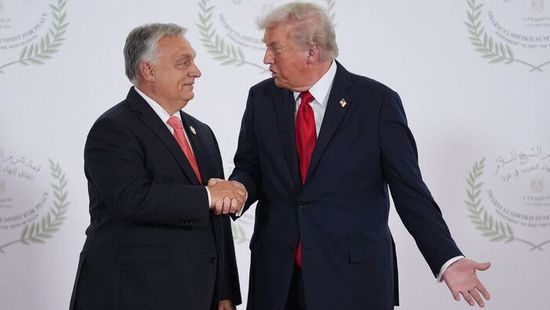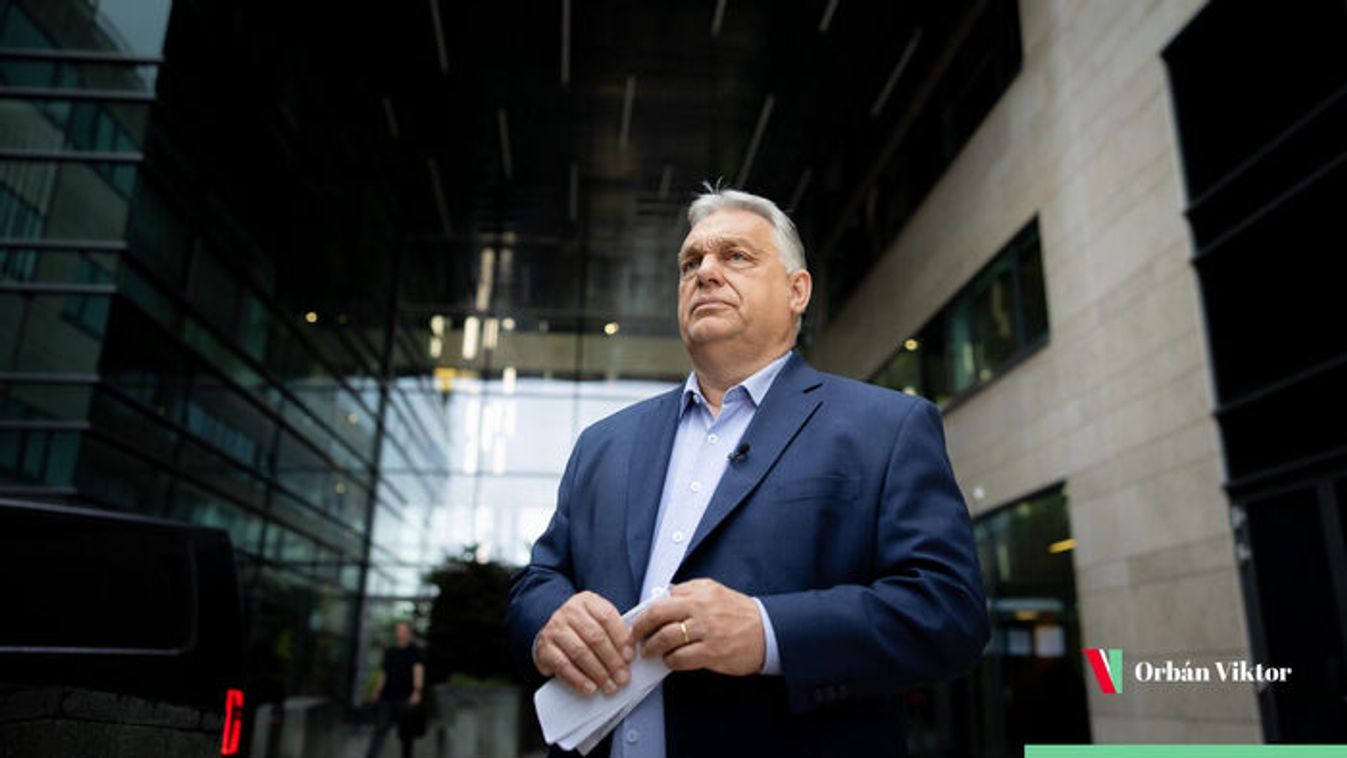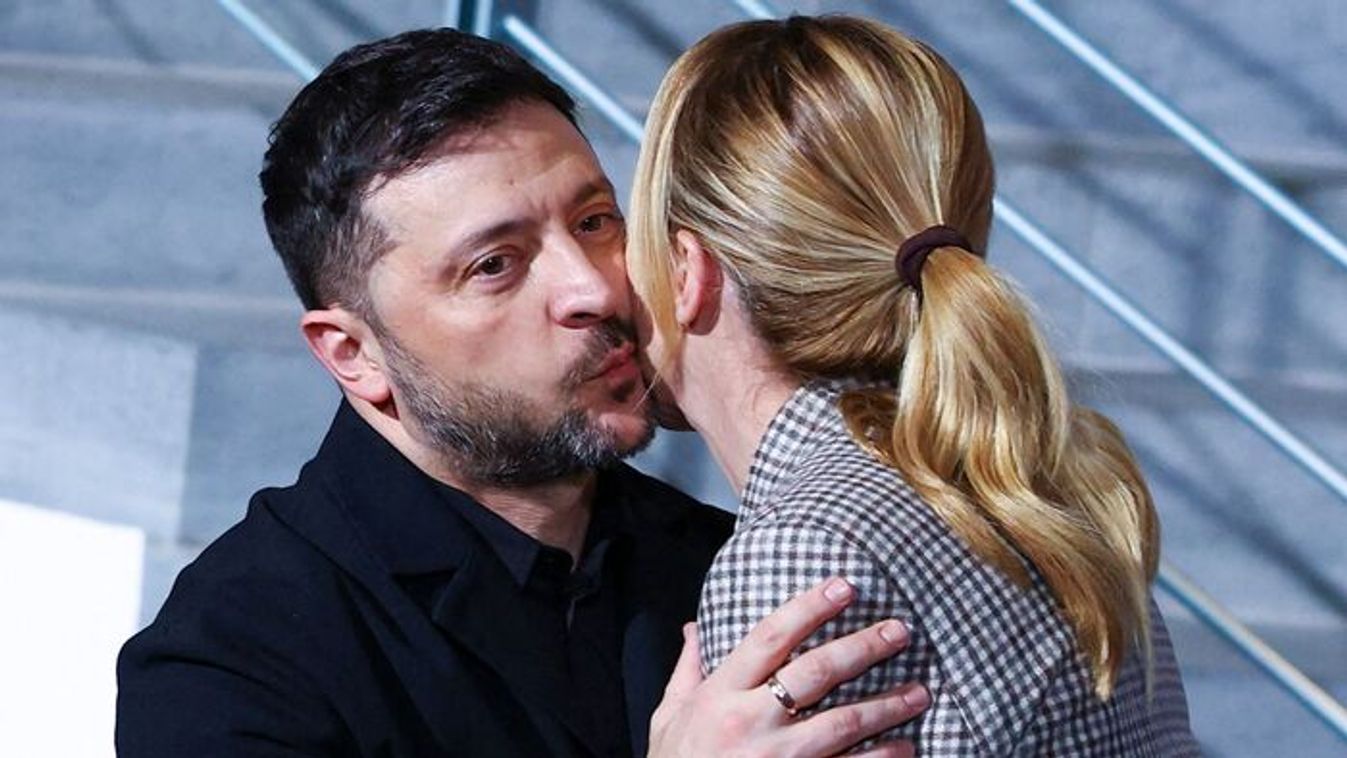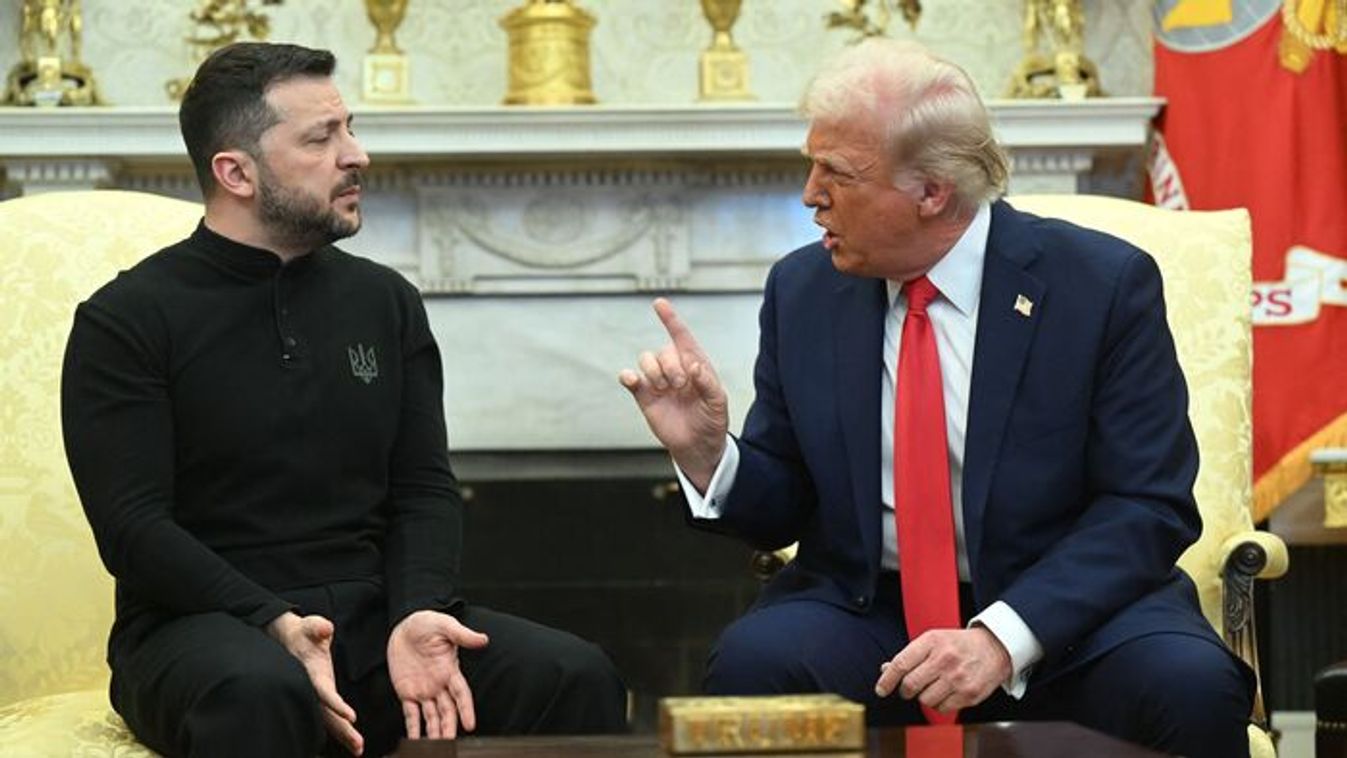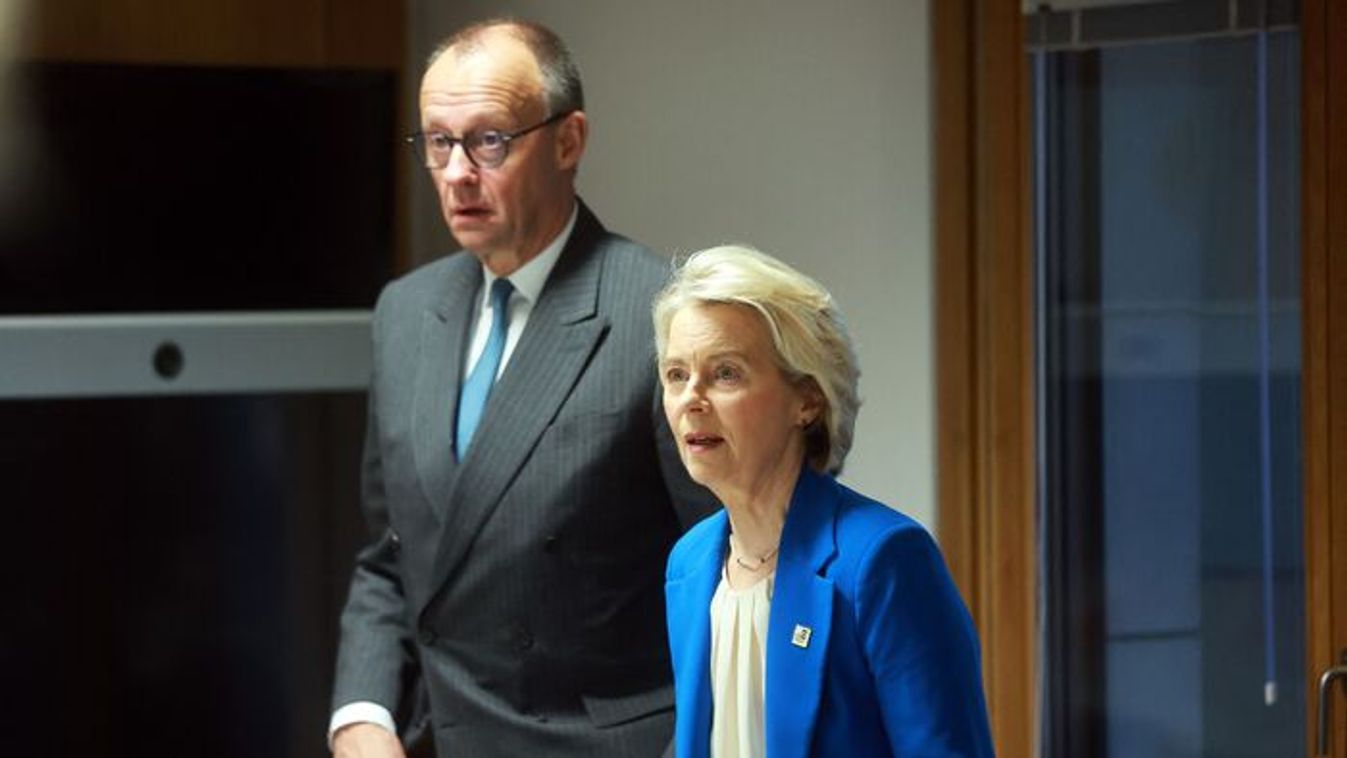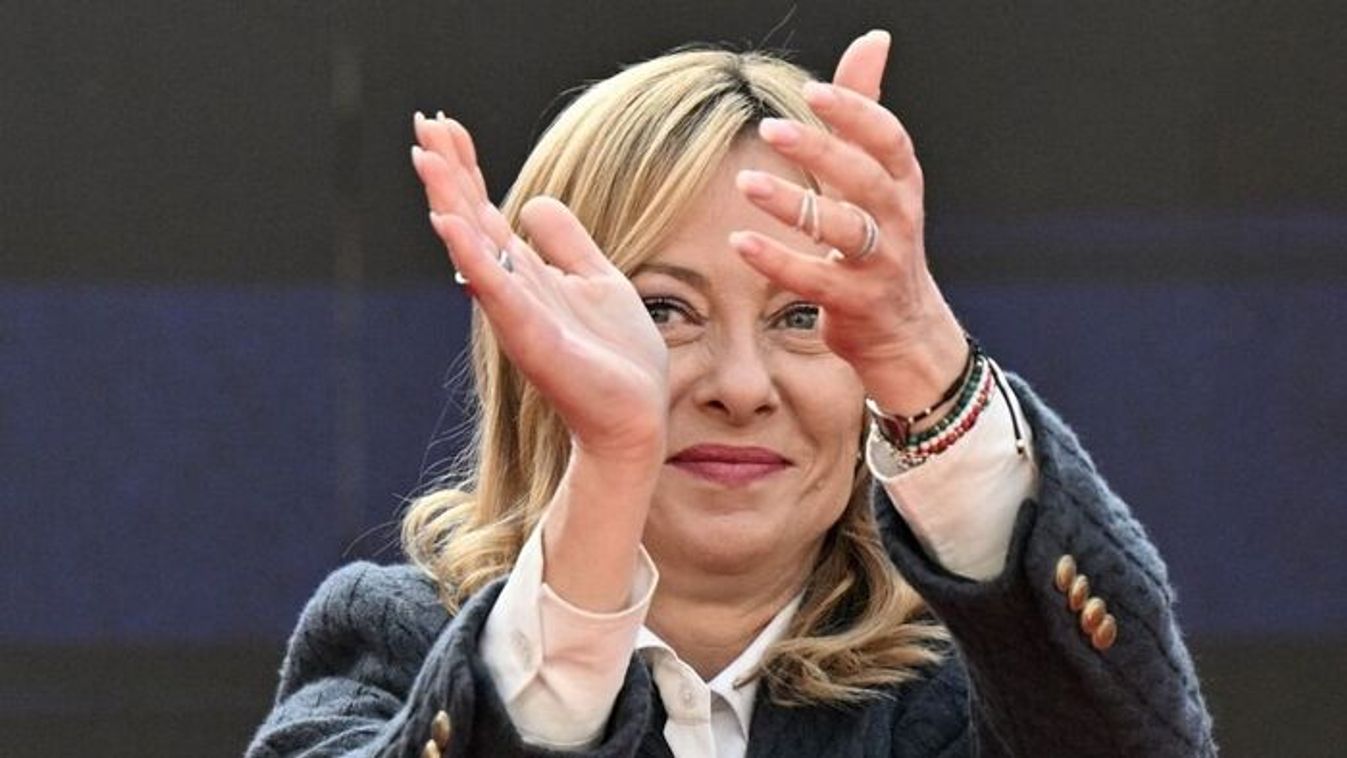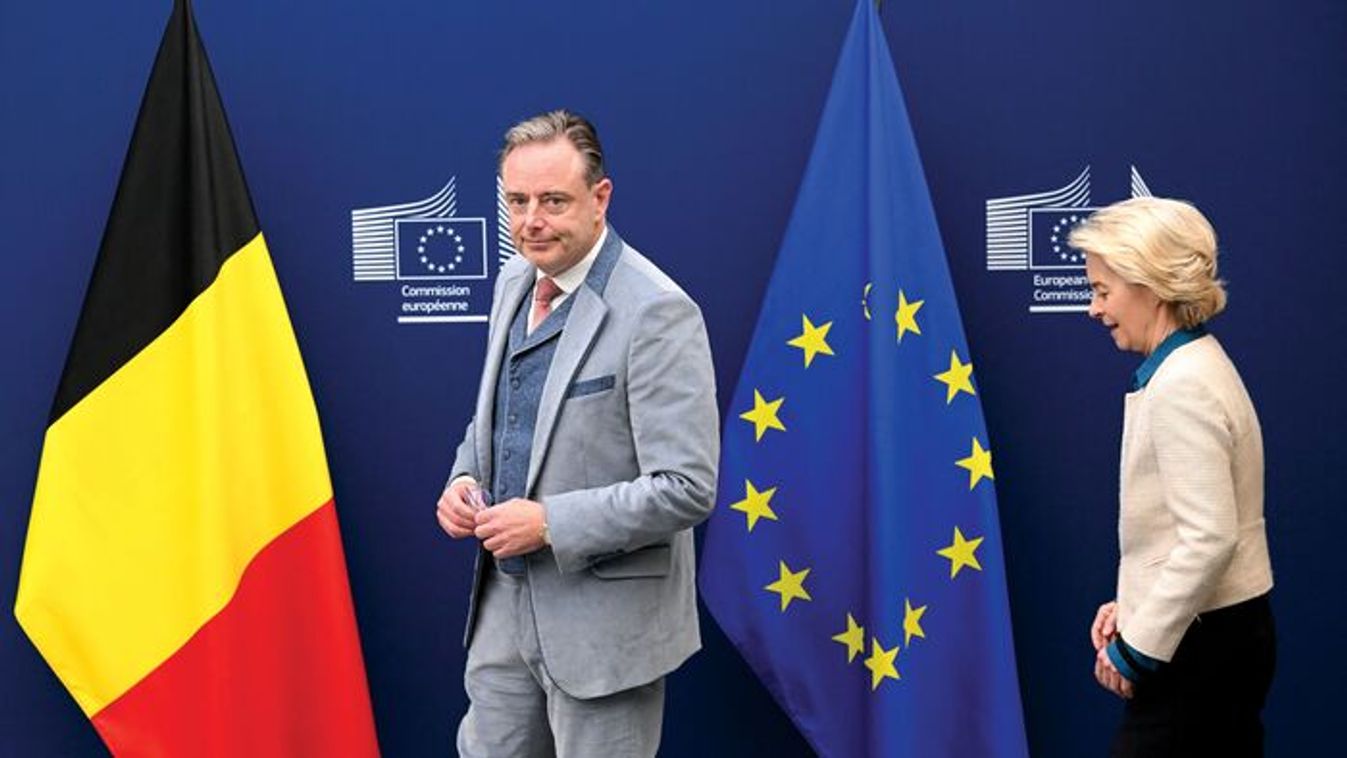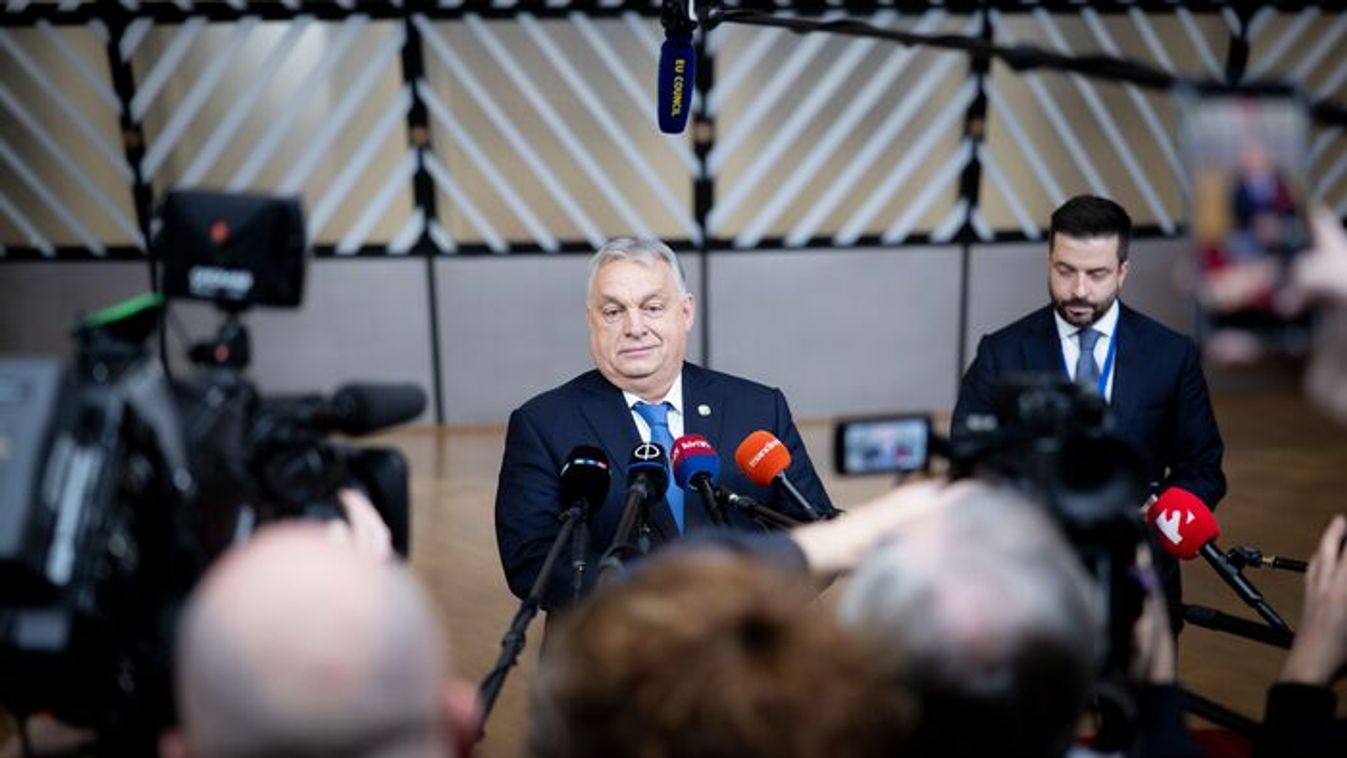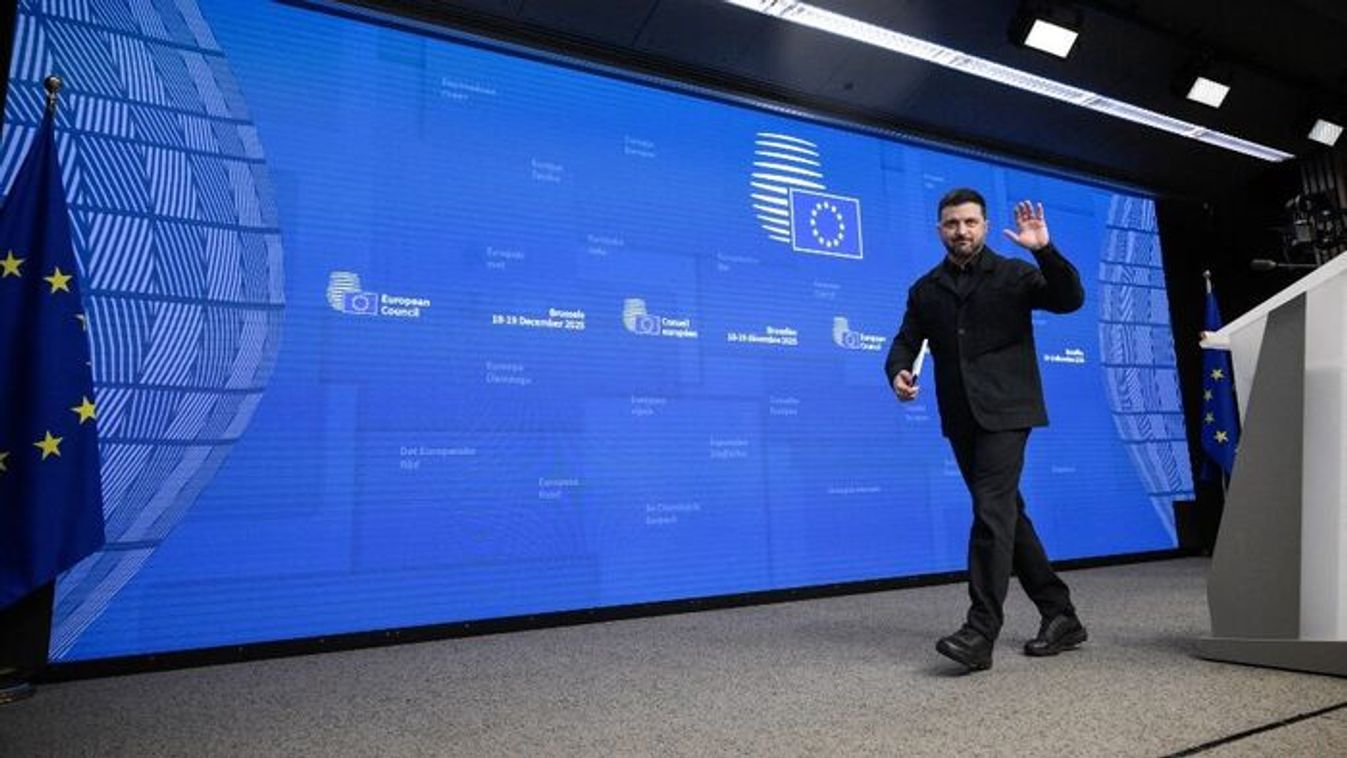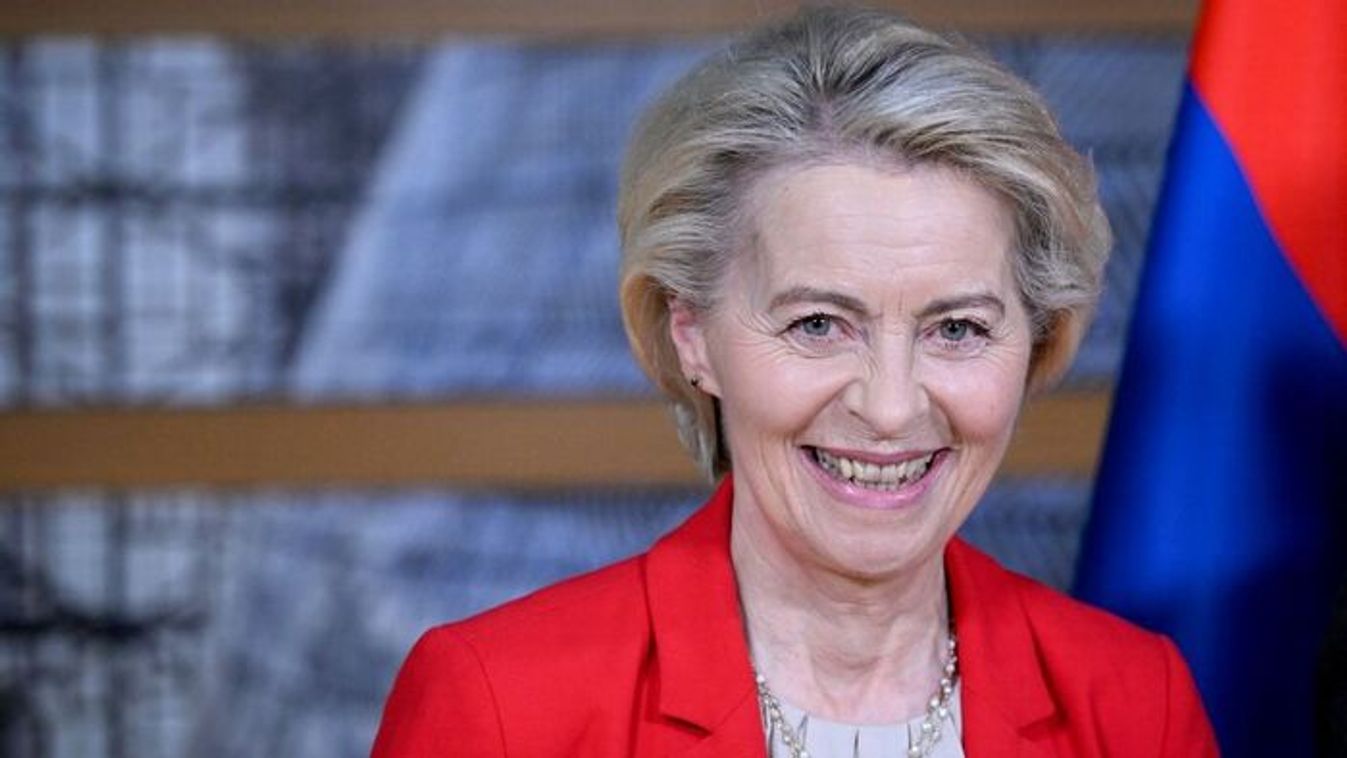and to avail itself of every opportunity to exploit this ability for the benefit of Ukraine, Central Europe, the Western alliance, and the whole world. In this respect, Hungary’s foreign policy is indeed different from that of Poland, which is focused on enabling Ukraine to negotiate peace with Russia from the best possible military position. It is important to realize, however, that these two roles, albeit different, are not at all incompatible. This is precisely why only harm can come from narratives pitting one attitude against the other. What makes a group of countries an alliance is not that all its members act in the same way, but that each does what it can do best to further a common goal.
But is this goal really something we share, one might ask, when Hungary’s prime minister says in an interview that Poland seeks to push the frontier of the Western world eastward, while Hungary simply wants to see an independent, sovereign state between it and Russia? Those raising this question should note that this distinction involves two kinds of arguments, each of which entails the very same consequence in practice. One would have to be blind not to see that Ukraine wants to be part of the Western world, and that it will sooner or later achieve this goal if it survives as a sovereign state.
In other words, there is nothing in the prime minister’s statement that would resemble what some have tried to read into it, namely that one of the two arguments is right, and the other is wrong. While it is true that the position of Poland diverges from that of Hungary in several ways, it is also a fact that both are aimed at enabling Ukraine to live in peace and to decide on its own destiny freely. This common goal should be obvious, if from nothing else, then from the fact that
both Poland and Hungary, along with the other member states in Central Europe, have championed the cause of Ukraine’s accession to the European Union.
As the vision of Ukraine’s membership clearly shows, Hungary’s policy straddles two distinct temporal dimensions. One concerns aid and peace here and now, during the war. The other dimension is the world to come when the war is over— a world of which Ukraine will be a part as a member of the EU. This vision is at once one of a strong Europe and of a strong Central Europe within it.
